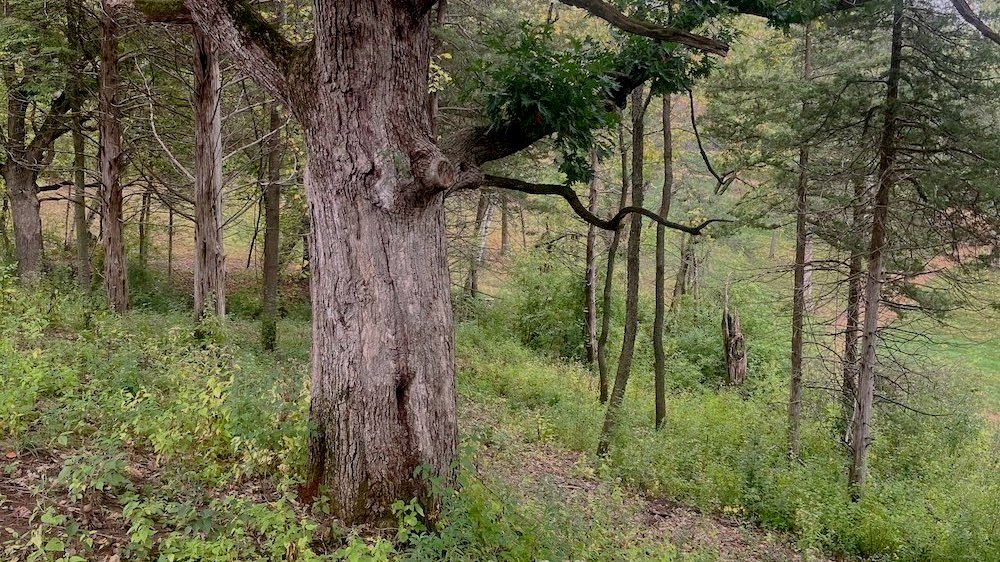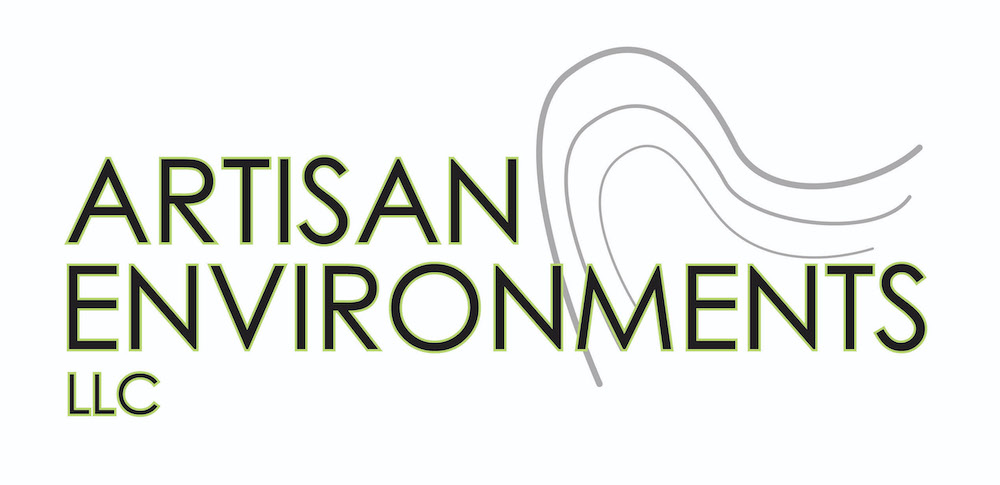
Native Habitat Restoration Plans
A native restoration plan can mean many things.
Of course, it depends on what we’re trying to “restore”, and ultimately what type of native ecosystem is going to function and perform the best with little maintenance over time.
You may already have some ideas in mind for native prairie restoration, buckthorn removal and woodland restoration, etc.
With some initial goals in mind, we can determine the best path forward for your landscape to become the thriving native habitat restoration that it deserves to be.
Restoration, Small and Large Scale
There are multiple ways to approach any native habitat restoration. Whether you’re looking to restore a corner of a smaller yard or a large acreage property, there are benefits and drawbacks to each method at any scale. As we collaborate to create a native restoration plan, I’ll help you find the path that best fits your unique property, goals and budget. Then, by including customized plants and materials lists and step by step, phased management and installation instructions, you or recommended native landscape contractors can get it done right the first time. After all, this is all about you and our beloved wildlife enjoying the final result!
Diversity, Climate Change, Drought
In this era of unprecedented climate change, it is important to consider not only the native ecosystems that once covered Minnesota and Wisconsin prior to European colonization, but also what our landscapes will look like in 25, 50 years from now and beyond. This doesn’t mean it’s going to take that long to see dramatic and inspiring change in your landscape. It does mean that species selection, restoration methods and priorities must be carefully considered to ensure that whatever we’re putting in place is going to last, mature and proliferate to ensure a quality native habitat restoration into the future.
Where to Start
Invasive Species Management
Whether it’s Buckthorn, Garlic Mustard, or other undesirable invasives, I can help lay out a stepwise plan to remove these species over time with minimal, if any, use of herbicides. Organic methods are preferred, and in many cases can be the sole method used. Managing aggressive plants such as invasives is an important first step in successful restoration of a prairie, savanna or woodland. Without a balanced approach from the outset, we can’t hope to create a balanced ecosystem that can thrive on its own.
If you’re interested in professional native habitat restoration plans for your Minnesota or Wisconsin property, please fill out the form below to initiate a free phone consultation.



